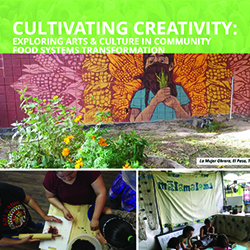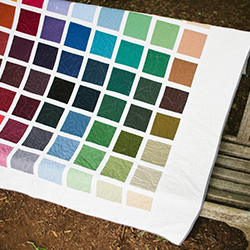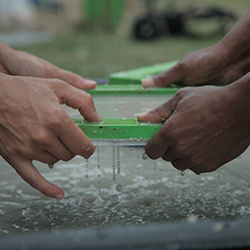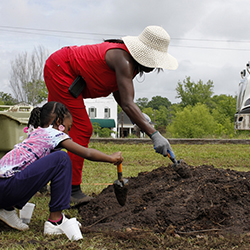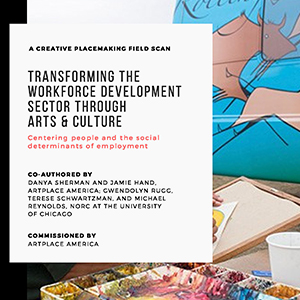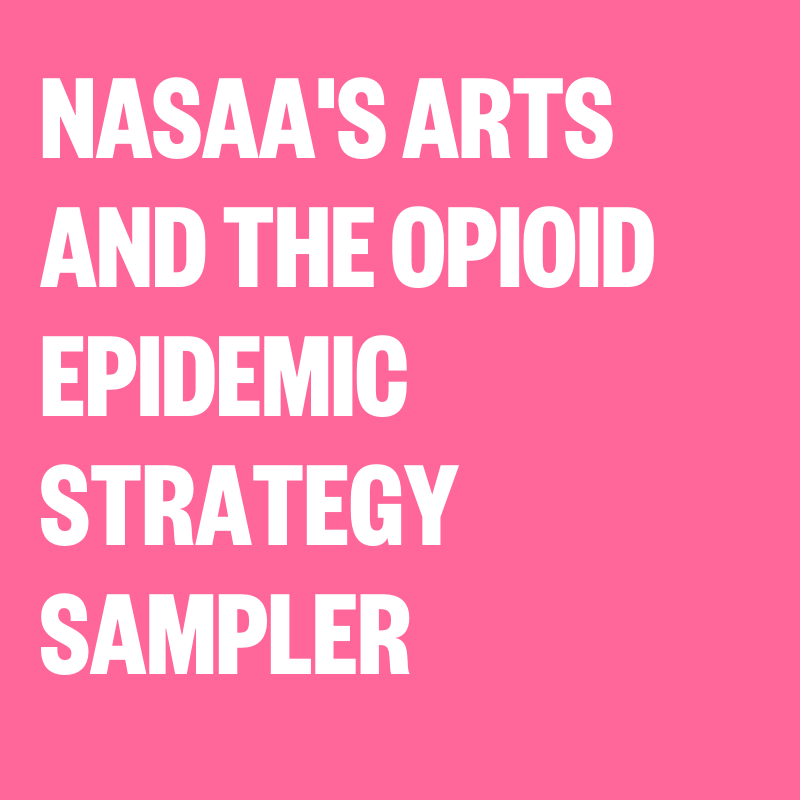ARTPLACE FIELD SCAN: CULTIVATING CREATIVITY: EXPLORING ARTS & CULTURE IN COMMUNITY FOOD SYSTEMS TRANSFORMATION
Published in May 2019, this field scan explores how arts and cultural practices can be better leveraged to create equitable and place-based food systems change across the country - spanning rural, tribal, and urban settings. The scan includes framing, cases studies, and recommendations to advance work happening at the intersection of arts and culture and food and agriculture, and to serve as a resource for practitioners.
291
ARTPLACE FIELD SCAN: EXPLORING THE WAYS ARTS AND CULTURE INTERSECTS WITH HOUSING
This resource is an exploration of the intersection of arts, culture, and housing outcomes – focused specifically on work within the housing sector that seeks to build and maintain high quality housing affordable to low-and moderate-income markets. It touched on housing trends ranging from the affordability crisis and equitable development to homelessness and vacancy, and surfaces needs in the housing sector that arts and culture might address, a framework for understanding the ways can partner with the housing sector, barriers to integrating arts and culture within the housing sector, strategies to advancing collaborations.
ARTPLACE FIELD SCAN: EXPLORING THE WAYS ARTS AND CULTURE INTERSECTS WITH PUBLIC SAFETY
This resource is an inquiry into the state of arts, culture, and creative placemaking as it relates to the public safety sector. Creative placemaking goals align well with important public safety goals that are associated with reductions in violence and criminal activity, and a growing community of practitioners at the intersection of these two fields is well-poised to promote further collaboration and learning. Projects at this intersection fall into five distinct areas of activity that are known precursors to community safety outcomes.
ARTPLACE FIELD SCAN: FARTHER, FASTER, TOGETHER: HOW ARTS AND CULTURE CAN ACCELERATE ENVIRONMENTAL PROGRESS
Helicon Collaborative was commissioned to lead research to better understand how creative placemaking is advancing sustainability outcomes for communities which included the environmental areas of energy, water, land, waste, toxic pollution, and climate resilience and adaptation. Regardless of the specific issue, Helicon heard repeatedly about five priorities that environmental sector leaders believe will either drive progress or hinder it.
ARTPLACE FIELD SCAN: TRANSFORMING THE WORKFORCE DEVELOPMENT SECTOR THROUGH ARTS & CULTURE
Co-authored by ArtPlace America and NORC at the University of Chicago this report is one in ArtPlace’s series of cross-sector field scans exploring how arts and cultural practitioners have long been and may increasingly be partners in helping to achieve community development goals. It summarizes insights from the working group dialogue, key trends in the workforce development sector, and six ways that arts and culture can influence workforce development including: Build power and drive policy change; Improve recruiting, hiring, and advancement; Highlight the social determinants of employment; Create regenerative jobs and firms; Connect workers to opportunities; and Build technical and critical skills.
NASAA'S ARTS AND THE OPIOID EPIDEMIC STRATEGY SAMPLER
America's opioid epidemic is not only broad but also deep, having roots in systemic medical practices, economic conditions and community dynamics. Resolving it is similarly complex. This strategy sampler considers how state arts agencies can support addiction recovery and prevention efforts. It first reviews evidence of how the arts can help prevent opioid misuse and facilitate addiction recovery before looking at model arts and addiction programs. It discusses how state arts agencies can support arts based therapies and enable creative engagements in health care and other recovery environments. The paper concludes with a set of programming tips and a collection of resources to inform ongoing and future efforts to counter the opioid epidemic through the arts.






